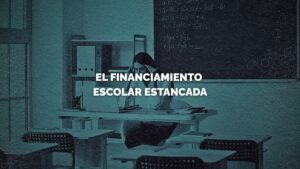Former President Donald Trump’s domestic policy agenda would increase taxes for nearly every American household, according to a new analysis by the Institute on Taxation and Economic Policy. The Washington DC based think tank argues that the tax hike is largely attributed to his proposed tariffs on imported goods.
Trump has called for some tax cuts, but his proposed tariffs, which would be largely passed onto consumers as increased prices, would more than offset those cuts. Taken together, the tax cuts and tariffs would cost households in the middle 20% of the income distribution an average of $1,530 in 2026, while the richest 1% would save $36,320. Only 5% of the wealthiest households would come out ahead under Trump’s plans.
Trump has proposed a 20% tariff on all imported goods and tariffs of 60% or higher on imports from China. According to the conservative-leaning Tax Foundation, Trump’s policies would set tariffs at levels not seen since the Great Depression. A wide range of economists say American consumers would wind up bearing the burden of these tariffs, because even though the government would impose the levy on the companies importing the goods, those companies would in turn jack up their prices in order to offset the cost of the tariffs.
“Tariffs on the scale that former President Trump has proposed would massively disrupt the economy,” the Institute on Taxation said in its analysis. “They would cause substantial price increases on imported goods, severely damage the industries that rely on imports, hurting employment in those industries, and result in price increases for goods for which final production occurs domestically.”
In another analysis, the Committee for a Responsible Federal Budget said Trump’s tax plans could cost the government as much as $15 trillion, nearly double that of Harris’s proposals. A second Trump term would not only bring higher taxes, it would also bring higher budgetary deficits—deficits that would likely be paid for through making cuts to essential programs like Social Security and Medicaid. Trump’s 2024 economic policy is more tilted toward the wealthy than ever before, with the burden of its costs being passed on to everyday Americans.





